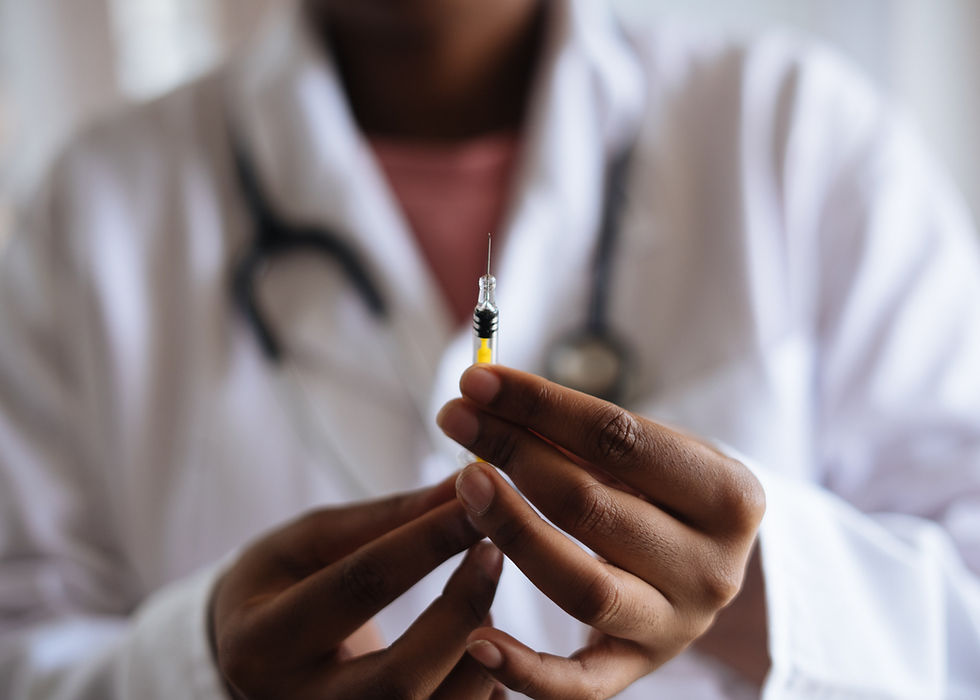Omicron is surging. The efficacy of existing vaccines are in question, but the medical community still highly regards the shots. In less than a year, Pfizer and Moderna became household names, blazing expectations with remarkable vaccine efficacy via new mRNA technology. Unfortunately, the world's recovery from COVID-19 has been complicated by a steady anti-vaccination movement. Although most headlines have focused on the contested vaccination requirements for employment, there have been quite a few developments regarding vaccine incentives. At the beginning of the pandemic, I saw headlines about small town bars offering free beer for people getting their shots. New York City has offered “$100, free tickets, memberships, or gifts.”₁ The city also recognized the power of faith and community groups, offering $100 per referral and up to a total of $20,000. Through this effort, over 50,000 people received their vaccinations. Some people argue that we should not be financially incentivizing an already free vaccine. They argue that everyone should feel inclined to get the shot for their personal health and for the greater good. For me, shots in arms are shots in arms, and after some research, I have found that incentivizing public health measures through compensation isn’t that far-fetched.

There is good data that suggests people are likely to get vaccinated for rewards. A randomized control trial out of Singapore investigated influenza vaccination rates in 2018 for those older than 65. They offered incentivized flu shots at 10 SGD (Singapore Dollar) but also offered other groups higher dollar amounts. Researchers found that “increasing the total incentive for vaccination from 10 to 20 SGD increased participation in vaccination from 4.5% to 7.5% (P < .001). Increasing the total incentive from 20 to 30 SGD increased the participation rate to 9.2%, but this was not statistically significantly different from a 20-SGD incentive.”₂ Thus, if it’s not a total no-no for the patient, everyone seemingly has their price. Incentives can also be bittersweet, serving as a gentle reminder that resource-poor communities will take researchers up on just about anything that helps their survival. In rural India, families were offered 1 kg of raw lentils to get their babies routine immunizations; the villages that received lentils had 21% difference over controls in complete immunizations.₃ And in Australia, at-risk injection drug users who were promised $30 were statistically more adherent to a two-time Hepatitis B vaccination, which is an exciting finding because we tend to think of that population as one that “gets lost to follow-up,” and obviously, the findings support that incentives work within the picture of a vaccine sequence (more than one vaccine…sounds familiar).₄

Opponents to monetary incentives are losing the bigger picture. Incentives already exist, but they simply don't put money into pockets. Many apartment complexes give a discount on rent for vaccinated tenants. Companies may give a half-day or more off for employees to get vaccinated, which is an activity that takes minutes. Do millions remain unvaccinated? Yes. But do incentives help extend the conversation for those who are hesitant? Yes.
Sources
₁ https://www1.nyc.gov/site/coronavirus/vaccines/vaccine-incentives.page
₂ https://pubmed.ncbi.nlm.nih.gov/32113625/
₃ https://www.bmj.com/content/bmj/340/bmj.c2220.full.pdf
₄ https://pubmed.ncbi.nlm.nih.gov/23639625/
Comments